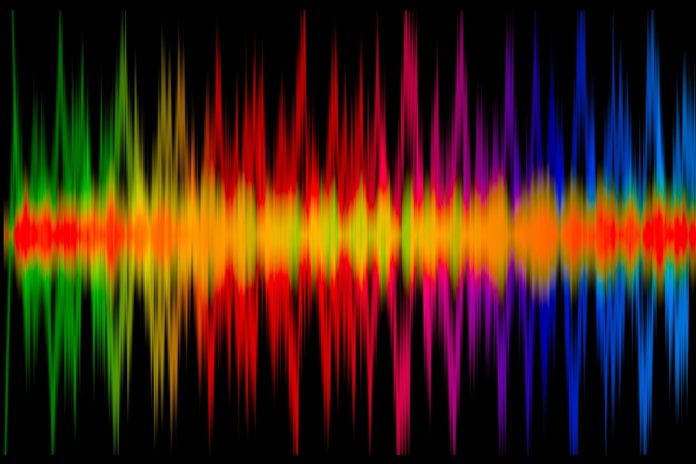The second phase of the Federal Communications Commission’s 24 GHz auction begins tomorrow, in which winning bidders will be assigned their spectrum blocks and can bid for specific blocks.
The auction’s initial “clock phase” concluded on April 17 after 91 rounds, raising more than $1.988 billion in bids.
Of the 2,909 licenses available in the 24.25-24.45 and 24.75-25.25 GHz band, 2,904 of them received bids. Those licenses are based on a Partial Economic Area geographic basis which divides the country into 416 sections.
In the clock phase, bidders were competing for generic blocks of spectrum, either in the upper or lower portions of the band. In the assignment phase, the winning bidders have a chance to bid for specific spectrum blocks.
Seven blocks of 100 megahertz will be available in nearly all of the licensed markets. The FCC noted in its auction information that the G block in some markets is completely or partially encumbered, so in a few PEAs in Arizona and Nevada, only six blocks are available.
The lower segment of the 24 GHz band (24.25–24.45 GHz) will be licensed as two 100 megahertz blocks, according to the FCC, while the upper segment (24.75–25.25 GHz) will be split into five 100 megahertz blocks. Those licenses were indicated as categories L and U in the bidding round results.
The assignment phase “is designed to give highest priority to assigning
bidders within a PEA contiguous blocks of spectrum to the extent possible and to simplify the bidding process,” the FCC has said.
Thirty-eight bidders qualified to participate in the auction, including AT&T, T-Mobile US, Verizon and Sprint (bidding as ATI Sub LLC); U.S. Cellular; Dish Network, bidding as Crestone Wireless; Starry Spectrum Holdings and Windstream Communications.
According to FCC documents outlining the process, bidders that won at least one generic block of spectrum in one PEA in the clock phase of the auction are eligible—but are not required—to participate in the assignment phase. The top 40 market PEAs will be assigned first, in decreasing order of weighted potential customer population; PEAs with smaller populations will then follow, with parallel bidding on up to six PEAs at a time and assignments also in order of decreasing customer population.
Winning bidders from both the 24 GHz Auction 102 and the 28 GHz Auction 101, which was held earlier this year, will not be publicly disclosed until after Auction 102 is complete.

